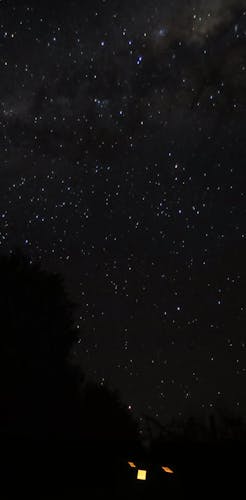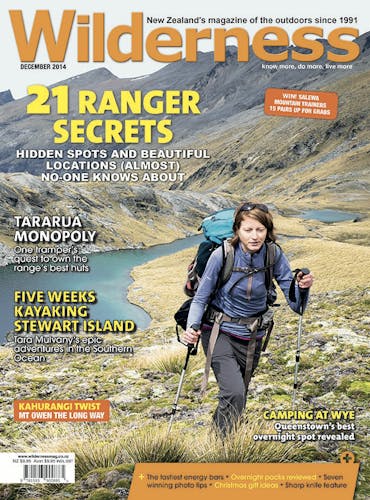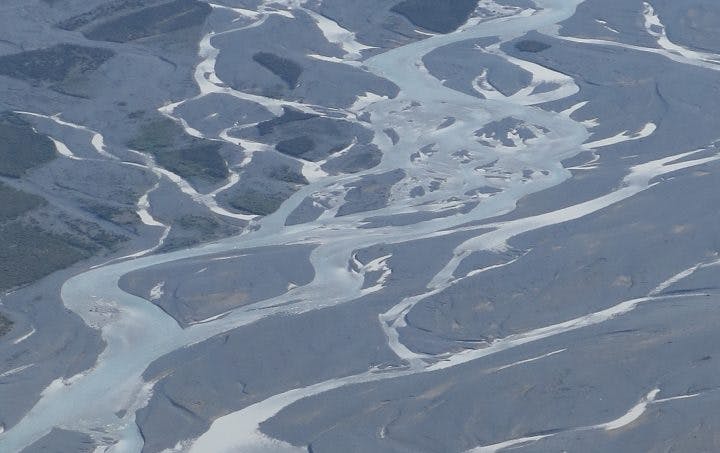Wilderness is an idea that has gone through many different versions.
To begin with, wilderness was a heathen place, out on the other side. It was godless and full of fear and unspeakable happenings. It was to the wilderness that Jesus was abandoned, a wasteland in which people were lost.
But in Europe, around the late 1700s, ideas of nature began to change. The wild became sublime in an almost sensual way. Nature combined moments of raw pleasure and awe. Mountains became cathedrals, and forests mystical.
Gradually, during the last century, this romantic connection to wilderness has become muted. Instead, wilderness is either a ‘last chance to see’ attraction for tourists, or a place for recreational escape from increasingly urban lives.
In the 1980s, in this country, a recreational definition of wilderness based on a place meeting set criteria was locked into management plans.
Such wilderness areas have to be remote, and surrounded by an extensive buffer zone. They also have to be large – a minimum of two days to travel across a wilderness area is required. Tracks, track markers, bridges and huts are to be absent, and if present must be removed or not maintained. Vehicle access to their boundaries is discouraged, while powered vehicles, boats and aircraft cannot be used in a wilderness area. Commercial activities are also discouraged.

The Night sky over Anticros Hut.
More than 500,000ha of New Zealand’s conservation lands are managed as this sort of wilderness. This includes spectacular places like the Pembroke, Tasman and Raukumara Wilderness Areas. There are also plans to introduce new areas.
From wasteland to wonder, and tourism pitch to land management category, in the world of ideas wilderness is a lot like a braided South Island river. It starts on one bank of meanings before moving across to another. At times, these ideas merge before they again split into their ecological, cultural, national identity and social variants.
It seems the idea of wilderness is always on the move. For instance, an amazing valley that was wilderness then wasn’t, because the standards deemed it neither remote nor large enough, is the former Otehake Wilderness Area in Arthur’s Pass National Park.
My own idea of wilderness has similarly moved. For a while, wilderness was about untracked and remote places – multi-week adventures in the likes of the Poteriteri, Glaisnock, Olivines and Landsborough.
But increasingly I’m finding wilderness in moments as much as particular places. The wild can emerge at the most unexpected places and times. Like being rumbled then drenched in a rapidly building thunderstorm on my way to Pinnacles Hut in the Coromandel, avoiding trails and easy contours to become bluffed on my way back down Mt Binser, and driving over Porters Pass in chains and heavy snow at two in the morning. Each felt wild.
Or a short trip we recently took on a whim, where we walked the few hours to the first hut up the Waimakariri Valley. It’s a route I’ve travelled many times en route to Barker Hut or the Three Pass route to the Coast. But this time, rather than with plans for a long tramp, it was just to head up for a night in the bush.
Hence we were happy to take our time, taking in the river and reading in the stones the many courses the Waimakariri takes, and makes, when it’s in flood.
It was winter and most of the water was flowing beneath the surface. Yet at times a trickle would emerge from a channel to grow into a stream, before settling again in deep pools. The rocky riverbed undulates, evidence of the force the river has when it’s in full flood. In places it’s several kilometres wide, a vast valley that contains an infinite number of rocks that are smooth from the unceasing action of flowing water and frozen glaciers.
The scale was mesmerising. Out in the middle of the Waimakariri we were enveloped in a world of stone and a deep sense of the river and this valley’s wildness.
We arrived in the dark at Anti Crow Hut, bloody-minded enough to stumble the last twenty minutes rather than use our torches. The hut was a fridge and we huddled in our sleeping bags before we eventually encouraged the frozen wood to thaw then burn.
Then dinner, before stepping back outside to brush teeth and to be immediately silenced and stopped.
Above in a moonless sky was a world utterly beyond comprehension – countless stars, a cosmos that, like the stones on the riverbed, were beyond number and our understanding.
I felt awe as this vast, infinite sea of stars beat down on us. Even in those few spots where we couldn’t see starlight it was clear they also were full of stars. But while we were two blips standing by one river, on a small island on a small planet, it did not feel alienating. It felt like we were being drawn into something deeply wild. It was quite some time before I headed back inside.
Perhaps the usefulness of the word ‘wilderness’ is in being a catch-all phrase for all manner of things natural. As former National Park head Bing Lucas wrote, wilderness “means something different to everyone”.
And perhaps rather than getting bogged down with defining what wilderness means, or the types of conservation lands that fit the current criteria, it’s more vital to seek out those places and experiences our personal sense of the wild leads us to. On a journey that is taking us into the wild.








